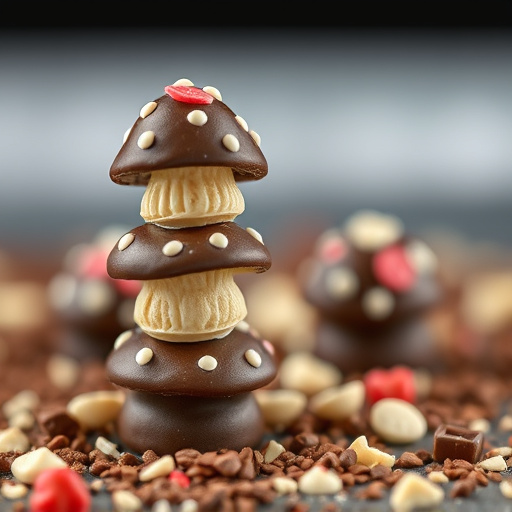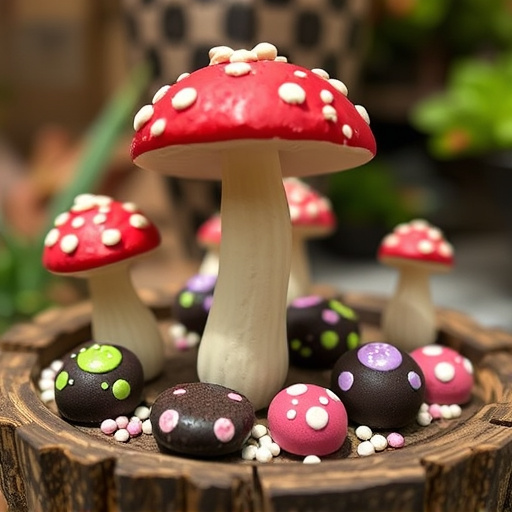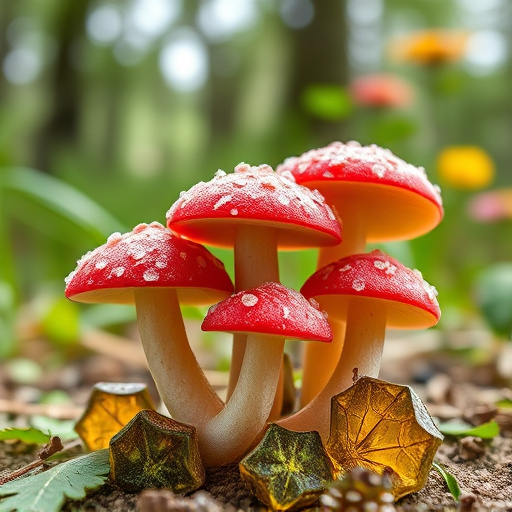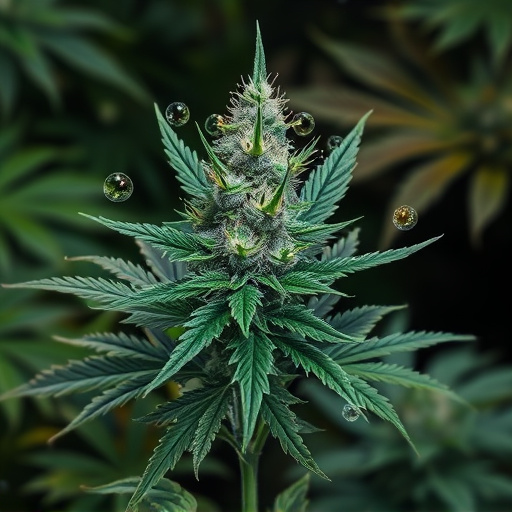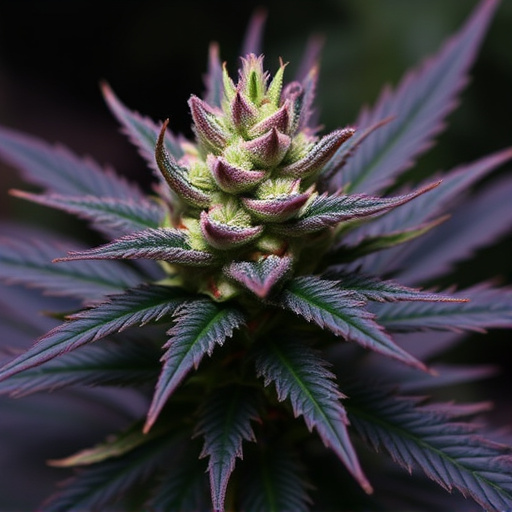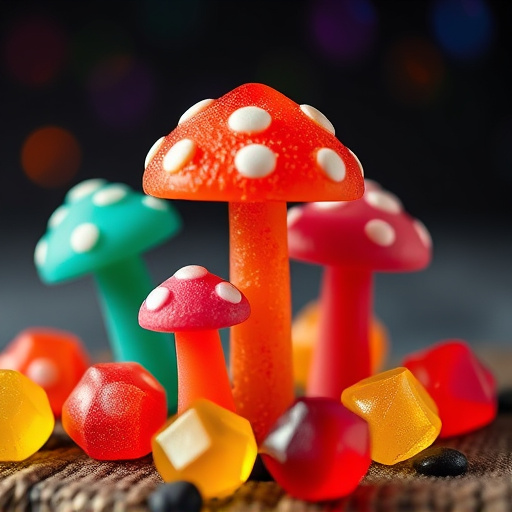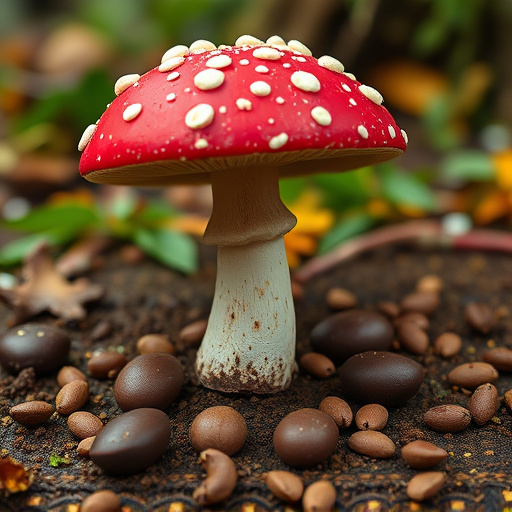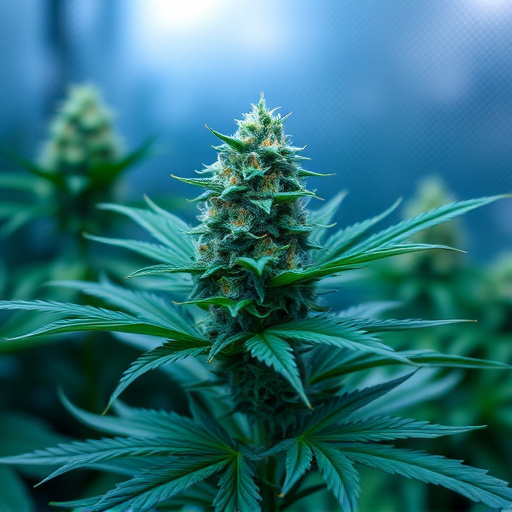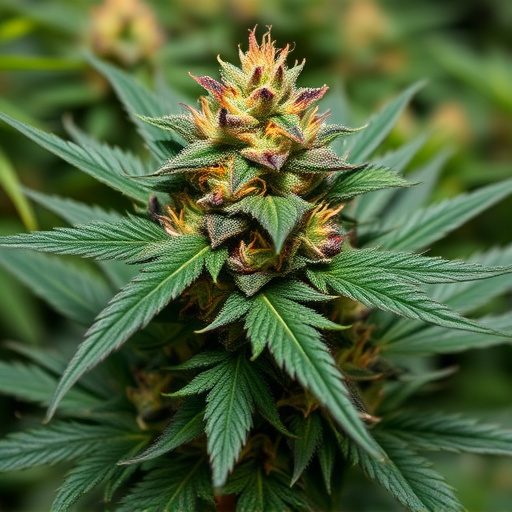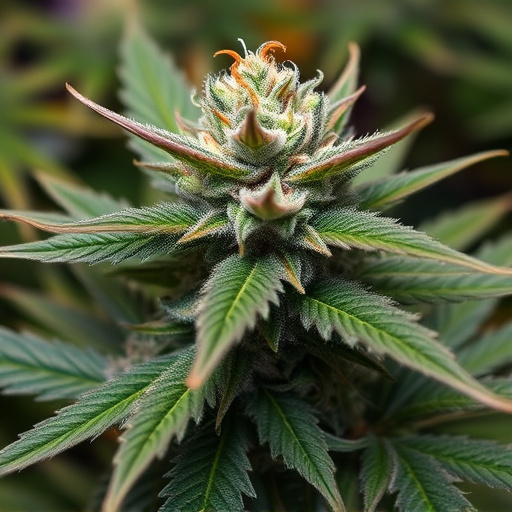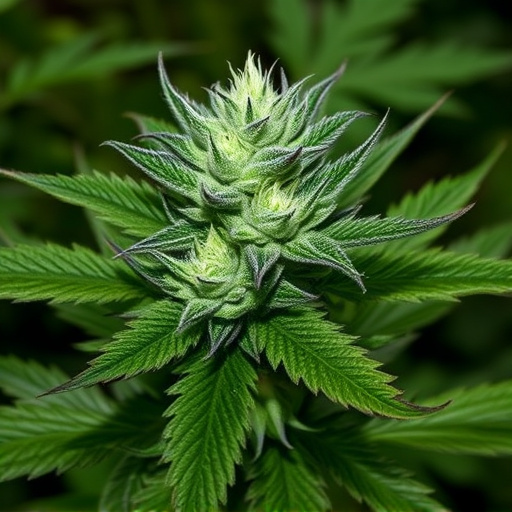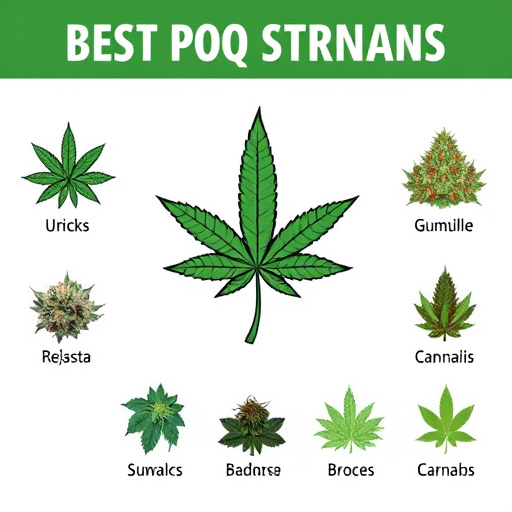In the cannabis industry, the distinct scent of different strains, particularly the skunky aroma, is highly valued due to specific terpene compounds like myrcene, limonene, and pinene. "Skunkier" strains with higher myrcene levels are cultivated through careful breeding for their potent effects and unique olfactory profile, making them popular among cannabis users seeking the best pot strains. While skunkiness isn't a quality indicator, growers meticulously manage terpene levels to craft desired aromas and therapeutic effects without excessive skunk notes.
Have you ever wondered why some cannabis strains exude a distinct skunk scent while others offer more subtle aromas? This intriguing aspect of cannabis cultivation and genetics has fascinated both enthusiasts and researchers. In this article, we explore the reasons behind the skunkier profiles of certain strains, delving into factors like terpene composition and breeding practices. Discover the best pot strains known for their unique and appealing fragrances, offering a delightful sensory experience for cannabis connoisseurs.

In the world of cannabis, the scent is one of the most distinctive features that sets apart various strains. Among the best pot strains, the level of skunkiness or distinct pungent aroma varies widely. This variation is largely due to the chemical compounds present in each strain, particularly a group of terpenes known as myrcene, limonene, and pinene. Myrcene, often responsible for earthy and musky notes, is higher in concentration in some strains, giving them that recognizable skunk-like scent.
The art of cultivating cannabis involves meticulous breeding practices to enhance or suppress certain traits, including aroma. Skunkier strains are often sought after by enthusiasts who appreciate the unique olfactory experience they offer. When exploring the best pot strains, one might find that those with a skunkier profile also tend to have potent effects, making them popular choices among both recreational and medical users.
API responded with status code 524.
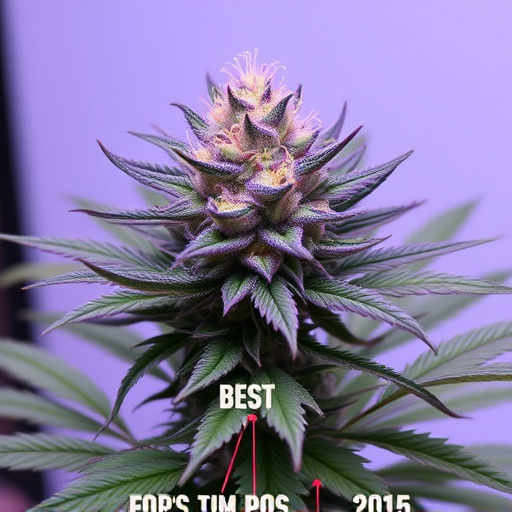
When discussing the aroma of cannabis, the term “skunkier” often arises, but it’s not a direct indicator of the strain’s quality or potency. The distinctive skunk scent is primarily attributed to a group of volatile compounds known as terpenes, specifically those with a sulfurous or pungent note, like 2-methylbutanal and 3-methylbutenal. These compounds are naturally present in various cannabis strains, contributing to their unique aromas. Interestingly, some growers and enthusiasts consider these “skunk” notes desirable in specific best pot strains, as they can add complexity and a distinctive character to the overall flavor profile.
However, not all cannabis aromas lean towards skunkiness. The diversity of terpene profiles within different strains results in a wide range of scents, from fruity and floral to earthy and woodsy. Terpene content and ratios vary widely between strains, leading to varying levels of perceived skunkiness. Growers carefully cultivate these terpenes, often focusing on balancing them with other compounds like cannabinoids to create desired aromas and potential therapeutic effects without the overwhelming skunk note.
When it comes to cannabis, the skunk-like aroma is a trait many cultivators strive to enhance among their best pot strains. This distinct scent is primarily attributed to terpinen-4-ol, a natural compound known for its pungent characteristics. While not every strain will exhibit this robust skunkiness, understanding the genetics and cultivation practices can help breeders create truly remarkable scents. By selecting the right parent strains and optimizing growing conditions, cannabis enthusiasts can enjoy an array of best pot strains that offer both powerful aromas and exceptional flavors, catering to various preferences in the ever-evolving landscape of legal cannabis.
